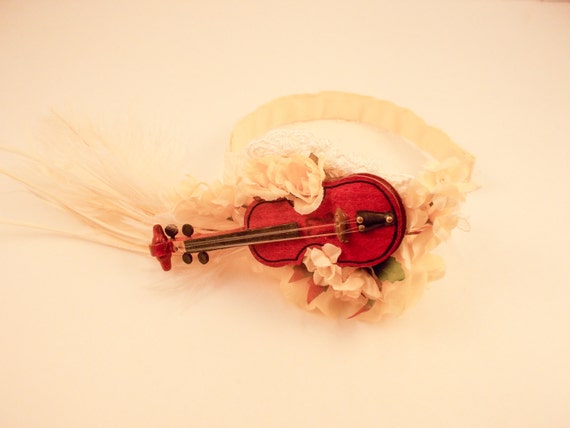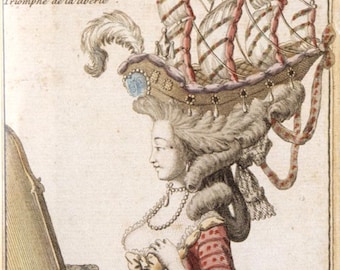A while ago, I wrote up this post about the basics of the French Rococo period with the intention of talking about how all of this relates to Lolita and its inspirations-- mainly because I'd seen a handful of people hotly arguing that Rococo was never an inspiration for our beloved hobby. Though Lolita fashion didn't really make an appearance in my last post, it's important to get a decent grasp on the aesthetic movement in question before diving into the real meat of the debate.
Which leads us to today's discussion: what about Lolita has come from Rococo origins?
Before we begin, it's important to remember that Lolita is not supposed to be a direct recreation of Rococo fashion, just as it isn't a knock-off of any other era (as much as we like to think it's modern-day Victoriana). Lolita fashion is merely inspired by these time periods, and otherwise given a look all its own.

It's easy to find something nowadays that looks like it was plucked off the set of some Marie Antoinette movie. Mary Magdalene's Fleur Antoinette OP is probably one of the more well-known pieces, especially since it's been produced since 2009, but even Baby and Angelic Pretty put out plenty of OPs with the traditional trappings of Rococo fashion. 2009 isn't, by far, the oldest occurrence of my two favorite interests mixing.
Sadly, the now-defunct website HelloLace had much more of the super-old brand pieces than Lolibrary does now, so many of my earlier examples are lost to the sea of the Internet, particularly from the brand Millefleurs Mille Noir. However, that doesn't mean that I wasn't able to scare up a few images from the very early 2000s.
1. Lines of Interest

If you look at the Angelic Pretty JSK above, you'll want to study the vertical strips of lace that run from the top of the straps to the ruffle near the hem of the skirt. Oftentimes, these two lines are used to help separate out blocks of color, like in the Fleur Antoinette OP above, or this Innocent World Pompadour JSK.

Historically, these lines were primarily on the bodice and at a sharper angle, drawing the waist in visually. This added to the preferred silhouette of the aristocracy, which involved a small waist and gigantic skirts.
2. Embellished Bodices; Ruffles and Bows

Ruffles and bows are very common details in most fashion periods, and the 18th century was no different. The necklines and bodices were usually adorned with at least a small lace ruffle along the neckline and one bow on the bust, if not a line of them extending from collarbone to the waist. Many jumperskirts and onepieces have this sort of design, especially since detachable bows have always been so popular.
Rows of pintucks and lace can also be used as relatively simpler adornments on the bodice, though these would have been merely a backdrop for more bows in the 18th century French court.
3. Princess Sleeves -- Some of Them

This image is from 2012, but Meta and other brands have been making blouses and dresses with similar sleeves for a lot longer. "Princess sleeves" refer to, in the Lolita world, sleeves that flare out like a trumpet, much like sleeves that a stereotypcial medieval princess would wear. For our purposes, we're only talking about a very specific sleeve.
A Rococo-styled princess sleeve is fitted at the upper arm and ends at the elbow in a large ruffle or a flared sleeve that extends anywhere from an inch to about halfway down the forearm. At the seam between the fit and the flare, there is usually lace, ribbon, or another bow to fancy it up a bit, and the lower part of the sleeve is usually trimmed in lace.
4. The Square Neckline

Rococo fashion has just about one neckline, and it's this one. While you can find the square neck in plenty of other fashions, trimming it with ruffles and lace and using it as a guide for the trim that runs all the way down the bodice turns it into something distinctly 18th century.
Because this is Lolita, though, and we tend to fiercely pride ourselves on our level of skin coverage, the traditional Rococo neckline has been raised, so as not to show cleavage (or, at least, to show as little as possible).
5. Hats and Feathers
Okay, so these came into the Lolita picture fairly recently; the Rococo-styled hats, feather, and rose corsages entered the scene on the waves of the Hime Gyaru crossover. They're still an integral part of making a Lolita outfit Rococo-inspired.
There is one other variety of headwear that shoves an outfit firmly into the Rococo category, and that's the kind that you normally wouldn't put on your head.

I'm not sure if Marie Antoinette ever wore a tiny violin in her hair, but with all the things the aristocracy shoved into their wigs, I wouldn't surprised if someone had. With the rise of Classic Lolita, especially over-the-top coordination, we've seen plenty of headdresses like this one by Sweet Mildred, with things like instruments and books. Though one could argue that it's just the Classic translation of the Sweet headwear (with icecream cones and cat-eared berets), it still reminds me of the infamous ship wig.

... though, maybe not quite as big.
There are other inspirations drawn from the Rococo period, including the rare cape that Baby tacked onto the back of the Arietta Princess Ball Gown, but these aren't nearly as common.
The Rococo period's aesthetic is near and dear to my heart, and one of the many reasons why I love Lolita fashion. To say that the latter had never taken inspiration from the former before recent years is certainly incorrect.
Whatever cues Lolita takes, it is still a fashion that's entirely its own. It takes vintage and historical styles and puts a modern day spin on them, reshaping them until they're no longer truly Victorian, Edwardian, Rococo, from the 50s, whatever. It's simply Lolita, and simply beautiful.


No comments:
Post a Comment